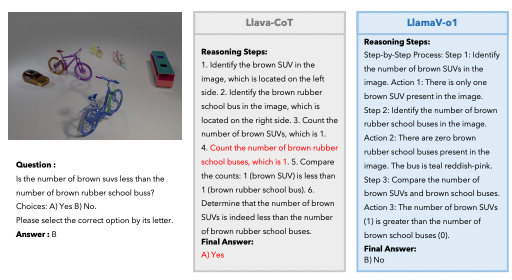🥇Top ML papers of the week
The top ML papers of the week (Aug 23 — Aug 30)

Here’s a weekly digest of the top trending machine learning papers on ArXiv, as scored by AIModels.fyi.
Remember, people release thousands of AI papers, models, and tools daily. Only a few will be revolutionary. We scan repos, journals, and social media to bring them to you in bite-sized recaps.
Before we begin, let’s take a look at quick message from our friends at Beeyond AI:

Beeyond AI is the new way to do AI — transforming the way you create, design, write, and work with unparalleled ease and efficiency. What truly sets Beeyond AI apart is its integration of industry-leading AI models from OpenAI, Anthropic, and others, bringing over 50 powerful tools into one single platform.
With built-in intuitive text and design editors, you have full creative control to refine your work without the need for additional tools. And forget about crafting complex prompts — just fill in a few simple details, and Beeyond AI will take care of the rest, delivering top-notch results effortlessly.
For just $10 a month, Beeyond AI is your all-in-one solution to get more done, faster and better.
Ok, now let’s take a look at the papers!
From Zero to Hero: Harnessing Transformers for Biomedical Named Entity Recognition in Zero- and Few-shot Contexts
https://aimodels.fyi/papers/arxiv/from-zero-to-hero-harnessing-transformers-biomedical
The paper presents a novel method for zero- and few-shot biomedical named entity recognition using transformer models, achieving competitive performance with minimal training data and outperforming larger models, thus enabling efficient extraction of new biomedical entities without extensive annotation or retraining.
Concurrent Data Structures Made Easy (Extended Version)
https://aimodels.fyi/papers/arxiv/concurrent-data-structures-made-easy-extended-version
OBatcher is an OCaml library that simplifies the design and use of batch-parallel data structures, offering a lightweight implicit batching design and strategies for converting sequential structures to efficient batch-parallel ones, resulting in implementations that consistently outperform coarse-grained lock-based alternatives and scale well with processor count.
How to avoid machine learning pitfalls: a guide for academic researchers
https://aimodels.fyi/papers/arxiv/how-to-avoid-machine-learning-pitfalls-guide
This guide identifies common pitfalls in machine learning research and provides strategies to avoid them, covering five key stages of the ML process with a focus on academic rigor and valid conclusions.
Beyond Scale: The Diversity Coefficient as a Data Quality Metric for Variability in Natural Language Data
https://aimodels.fyi/papers/arxiv/beyond-scale-diversity-coefficient-as-data-quality
The paper introduces the “diversity coefficient” as a metric for measuring variability in natural language datasets used to train large language models, demonstrating through experiments that higher data diversity correlates with improved model performance on downstream tasks.
Exploring GPU-to-GPU Communication: Insights into Supercomputer Interconnects
https://aimodels.fyi/papers/arxiv/exploring-gpu-to-gpu-communication-insights-into
This study comprehensively characterizes GPU-to-GPU communication on three supercomputers with different architectures, revealing untapped bandwidth and optimization opportunities in multi-GPU systems. The findings offer practical guidance for researchers, system architects, and software developers working with exascale supercomputing.
That’s it for this week. Remember you can also join our Discord community to talk about these papers, show off what they’re working on, and get help from the community!




Comments ()